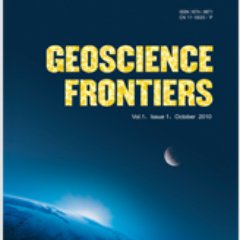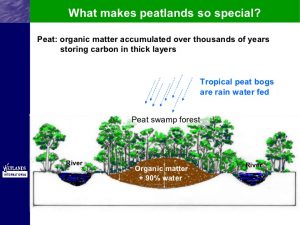
Brief Review on Climate Change and Tropical Peatlands
Peat soils are formed from biochemical process on moderately decomposed vegetation by aerobic microorganisms. It is mostly produced from soil surface layer with low amount of water that has been preserve during anaerobic conditions. Tropical peats particularly in swamp forest are mostly composed of trees with decayed organic matter from stems and roots. Moreover, microorganism activities vary from different types of peat.


Tropical peatland have organic soils from the wetlands and are normally decomposed biomass. This kind of peatland located mainly in Asia, South America and Africa. Basically peat classified on the degree of decomposition that subdivided into four kinds namely fibrists, hemists, saprists and folists. The weather patterns affects peat soil like El Nino and La Nina that influences the oxygen content in the ecosystem causing in increased degradation of materials. Temperature as well is vital in controlling the rate of decomposition of plant residues. Peat humification is significant to determine the retention of water in peatlands to increases organic matter mineralization.
Management of Tropical Peatland
Peat soil must have adequate water and maintain an optimum depth to last longer. Stagnant water need to be drained but not to be dry out totally that causes irreversible drying. Also drainage design must be based on weather patterns particularly during rainfall. In tropics the clearing of vegetation is quite difficult since it is composed mostly of trees wherein stumps and trunks is hard to removed. However large clearing at one time should be avoided since peat will start to decompose and release gas to the atmosphere and this emission of gases would trigger and intensify fires.
Indeed, peat is sensitive to climate variability thus, quick change in environment endangered peatlands and its formation is a long-term process that depends on the weathering of materials and climatic conditions. Proper peat management is necessary to maintain its positive effects and minimized negative effects to climate change. However, monitoring is needed as well as the geographical information to predict responses of peat to the global climate change.
Source: Prepared by Joan Tura from Geoscience Frontiers
https://www.sciencedirect.com/science/article/pii/S1674987118300343
